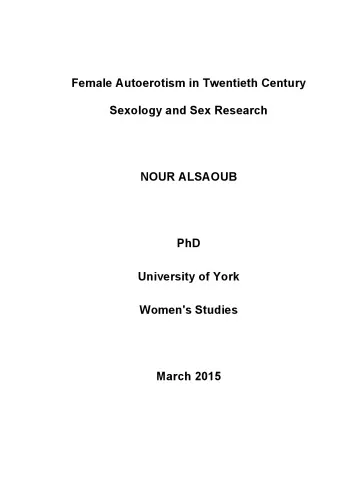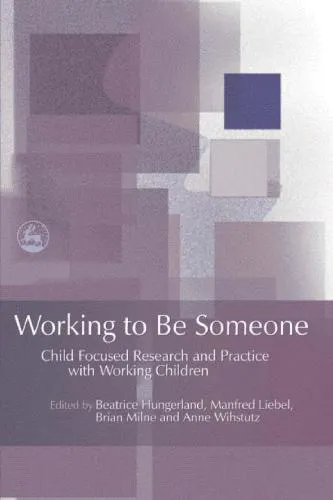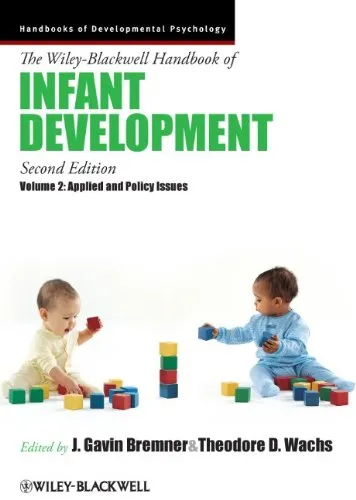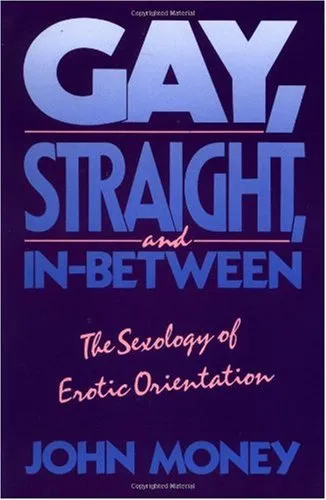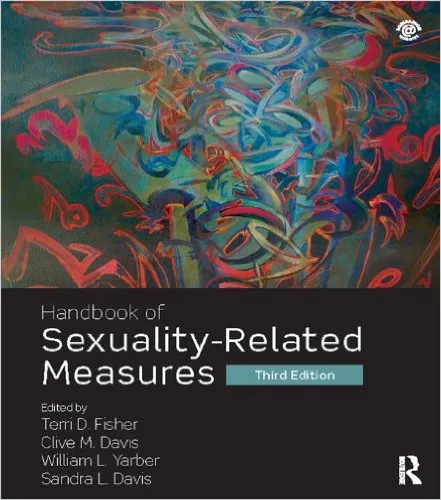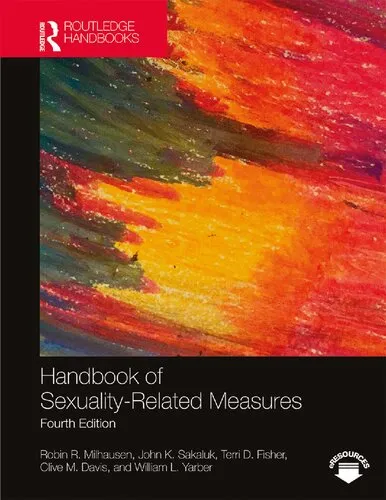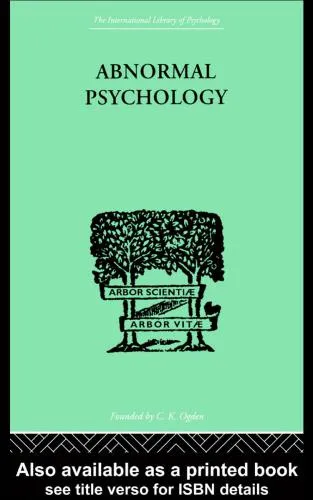Female Autoerotism in Twentieth Century Sexology and Sex Research
3.7
Reviews from our users

You Can Ask your questions from this book's AI after Login
Each download or ask from book AI costs 2 points. To earn more free points, please visit the Points Guide Page and complete some valuable actions.Related Refrences:
Introduction to Female Autoerotism in Twentieth Century Sexology and Sex Research
Female Autoerotism in Twentieth Century Sexology and Sex Research is a landmark exploration of how female sexuality, specifically autoerotic practices, has been understood, interpreted, and constructed within the realms of sexology and sex research during the twentieth century. By dissecting the theories, methodologies, and discourses of leading sexologists and researchers, this book sheds light on societal and academic perceptions of female pleasure, agency, and autonomy, ultimately challenging long-standing cultural taboos and misconceptions.
Authored by Nour Alsaoub, this work delves into the intersection of gender, science, and culture, exposing how deeply entrenched social norms and prejudices have shaped the research and narratives surrounding female masturbation. It is not only a critical academic text but also a deeply relevant book for contemporary discussions about feminism, the body, and sexual empowerment.
Detailed Summary of the Book
The book begins by exploring the historical framework for understanding female autoerotism in the early twentieth century. It provides a compelling overview of the scientific community's preoccupation with heterosexual norms, reproductive roles, and moralistic judgments. The earliest chapters focus on the views of sexologists such as Krafft-Ebing and Havelock Ellis, evaluating how their works contributed to an often pathologized portrayal of female masturbation as a symptom of illness or deviance.
As the twentieth century progressed, the field of sex research experienced significant paradigm shifts, particularly with the groundbreaking studies of Alfred Kinsey in the mid-century and later, the work of Masters and Johnson. Alsaoub highlights how these figures approached female sexuality more empirically yet also inherited biases reflective of broader societal stereotypes. The book contrasts these mainstream perspectives with feminist critiques and the rise of the women's liberation movement, which sought to reclaim narratives around female pleasure and self-exploration.
Another critical aspect of the discussion focuses on how literature, media, and art during this time often paralleled or responded to academic discourse, shaping public opinion and reinforcing—or challenging—societal norms regarding female autoerotism. The book concludes by reflecting on how the study of sexology must continue to evolve to consider the diversity of women's experiences and the importance of removing stigma surrounding topics like masturbation and self-love.
Key Takeaways
- The construction of female sexuality in the twentieth century was heavily influenced by patriarchal norms and medicalized interpretations that often disregarded women’s agency.
- Female masturbation was frequently stigmatized or pathologized in early sexological studies, limiting open discourse surrounding the topic.
- Researchers like Kinsey and Masters and Johnson made strides in destigmatizing female sexuality, yet their work was not immune from societal biases.
- Feminist movements in the latter part of the century played a critical role in challenging harmful stereotypes and advocating for the normalization of female pleasure.
- Contemporary sexology and feminist scholarship must collaborate to create an inclusive and judgment-free understanding of female sexuality that centers diverse lived experiences.
Famous Quotes from the Book
"To study female autoerotism is to confront not just the science of pleasure but the politics of shame."
"The body, with all its complexities and contradictions, is a site of liberation, not just regulation."
"Each act of self-pleasure is a quiet rebellion against the structures that have sought to control it."
Why This Book Matters
The significance of Female Autoerotism in Twentieth Century Sexology and Sex Research lies in its ability to provoke critical thinking about the intersections of science, gender, and culture. At its core, this book serves as a reminder of how women’s sexuality has been historically neglected and misunderstood, fostering a dialogue that prioritizes empathy, inclusivity, and validation of personal experiences.
This book equips readers—academics, students, and general audiences alike—with the knowledge necessary to challenge stigmas around female masturbation and sexuality. It is an essential resource for anyone seeking to understand the history of sexology, the biases embedded within it, and the ongoing efforts to center women’s perspectives in conversations about desire and agency.
In an era where conversations about sexuality are becoming increasingly open yet remain fraught with historical baggage, this book is a timely contribution that empowers readers to question, learn, and advocate.
Free Direct Download
You Can Download this book after Login
Accessing books through legal platforms and public libraries not only supports the rights of authors and publishers but also contributes to the sustainability of reading culture. Before downloading, please take a moment to consider these options.
Find this book on other platforms:
WorldCat helps you find books in libraries worldwide.
See ratings, reviews, and discussions on Goodreads.
Find and buy rare or used books on AbeBooks.
1208
بازدید3.7
امتیاز0
نظر98%
رضایتReviews:
3.7
Based on 0 users review
Questions & Answers
Ask questions about this book or help others by answering
No questions yet. Be the first to ask!
